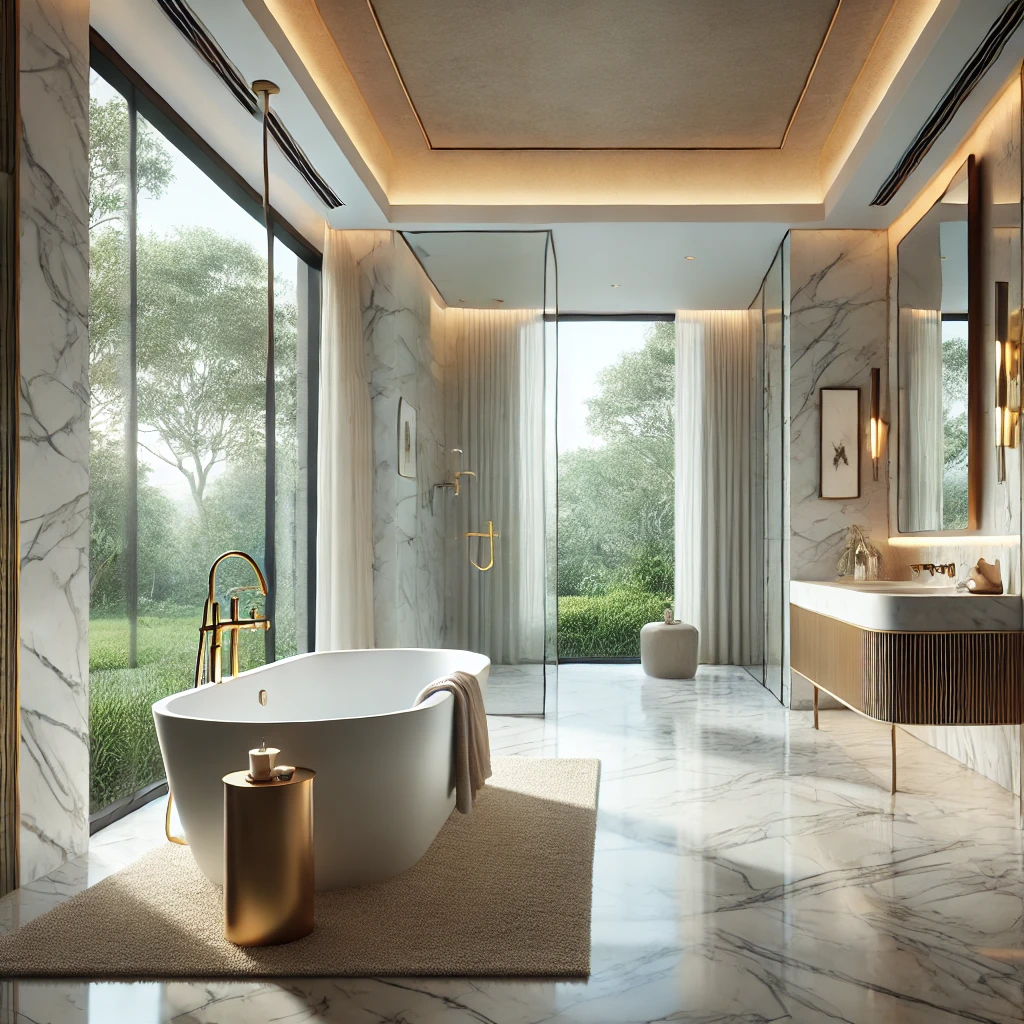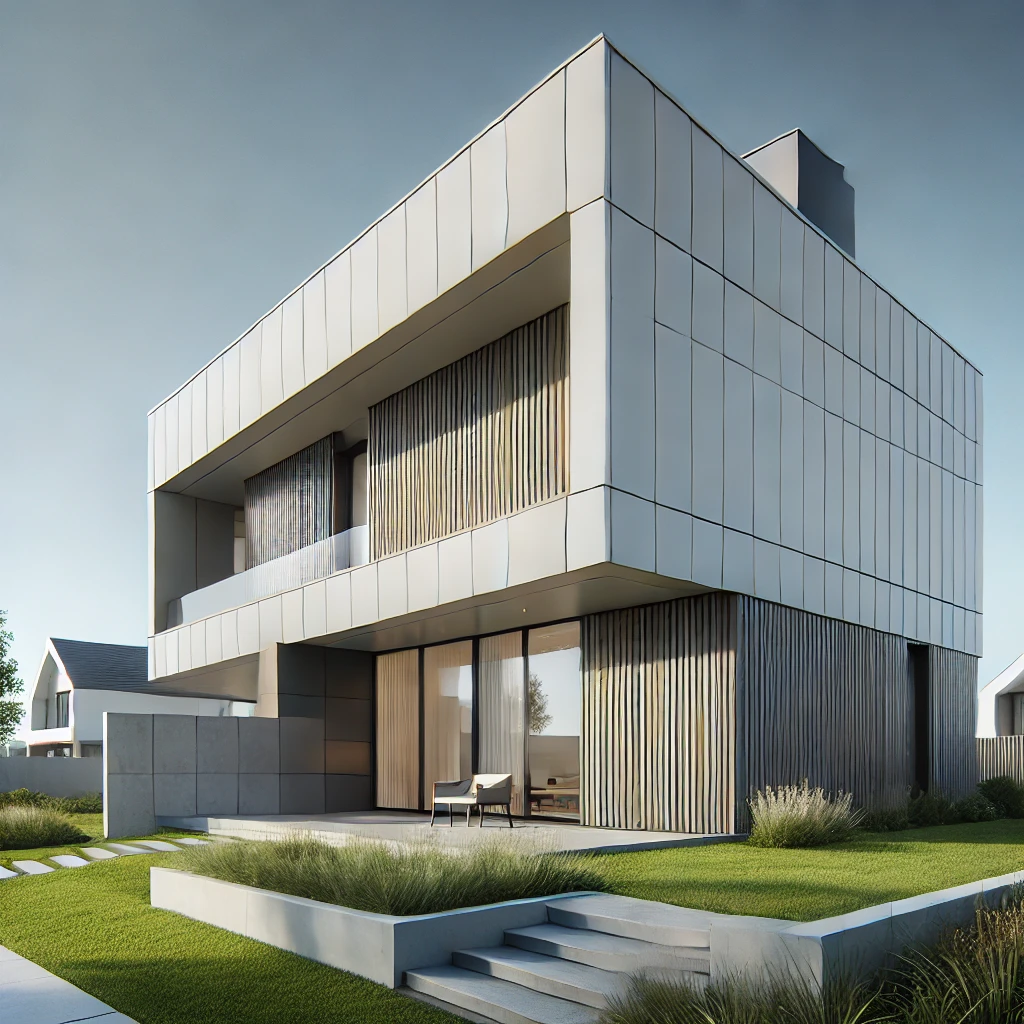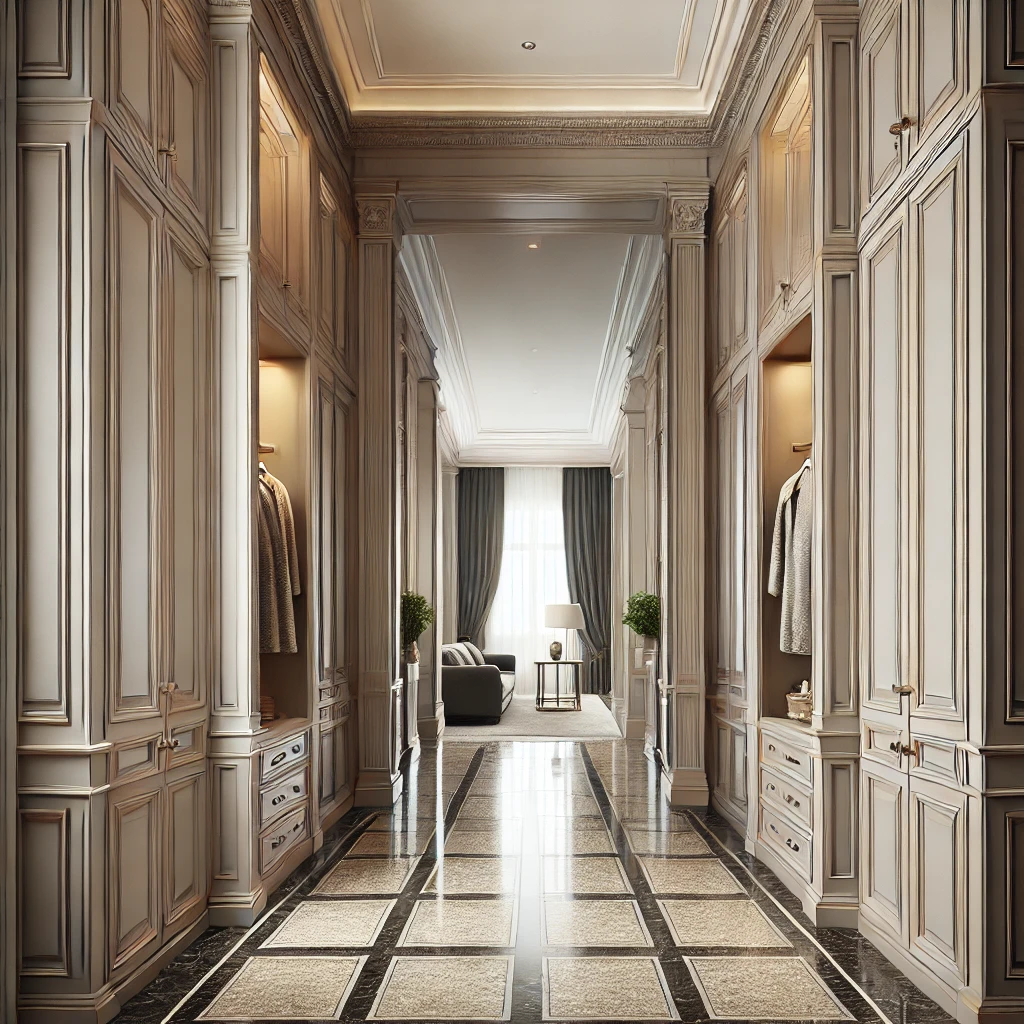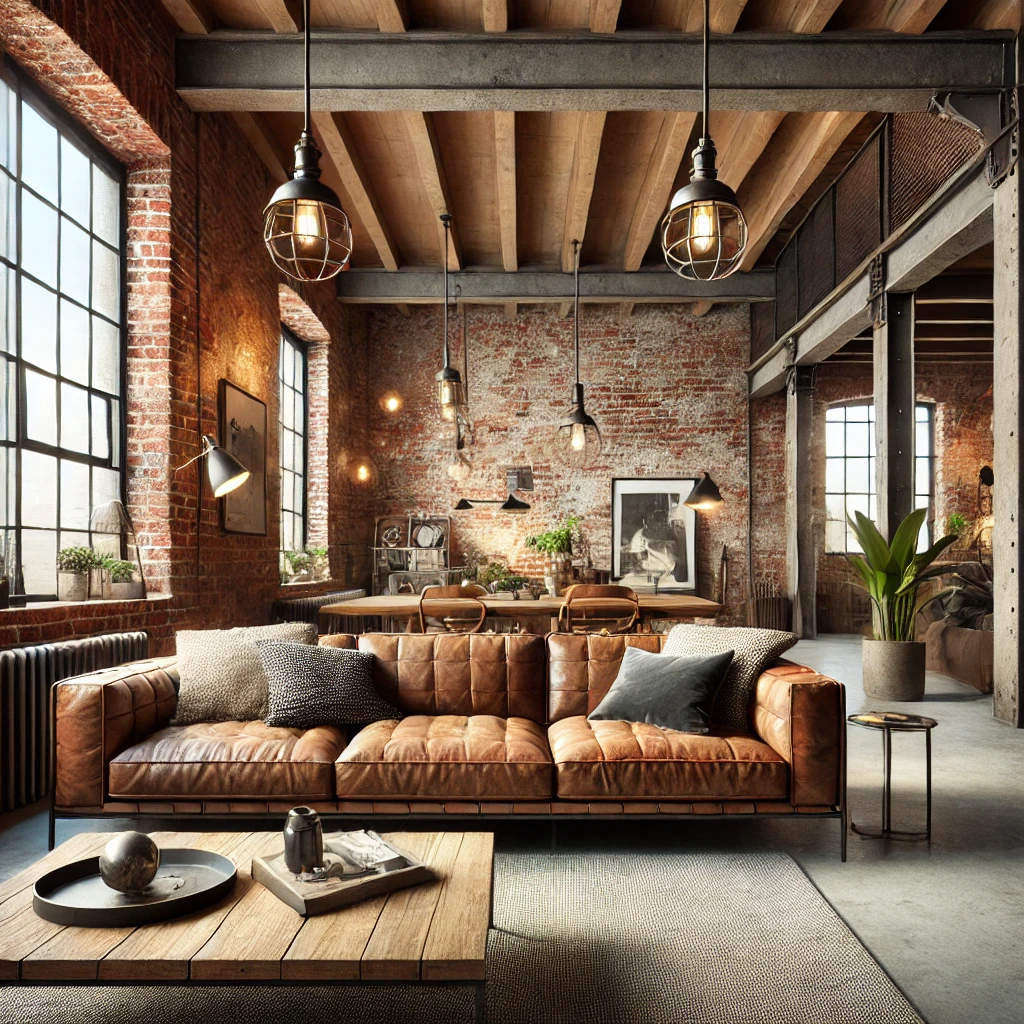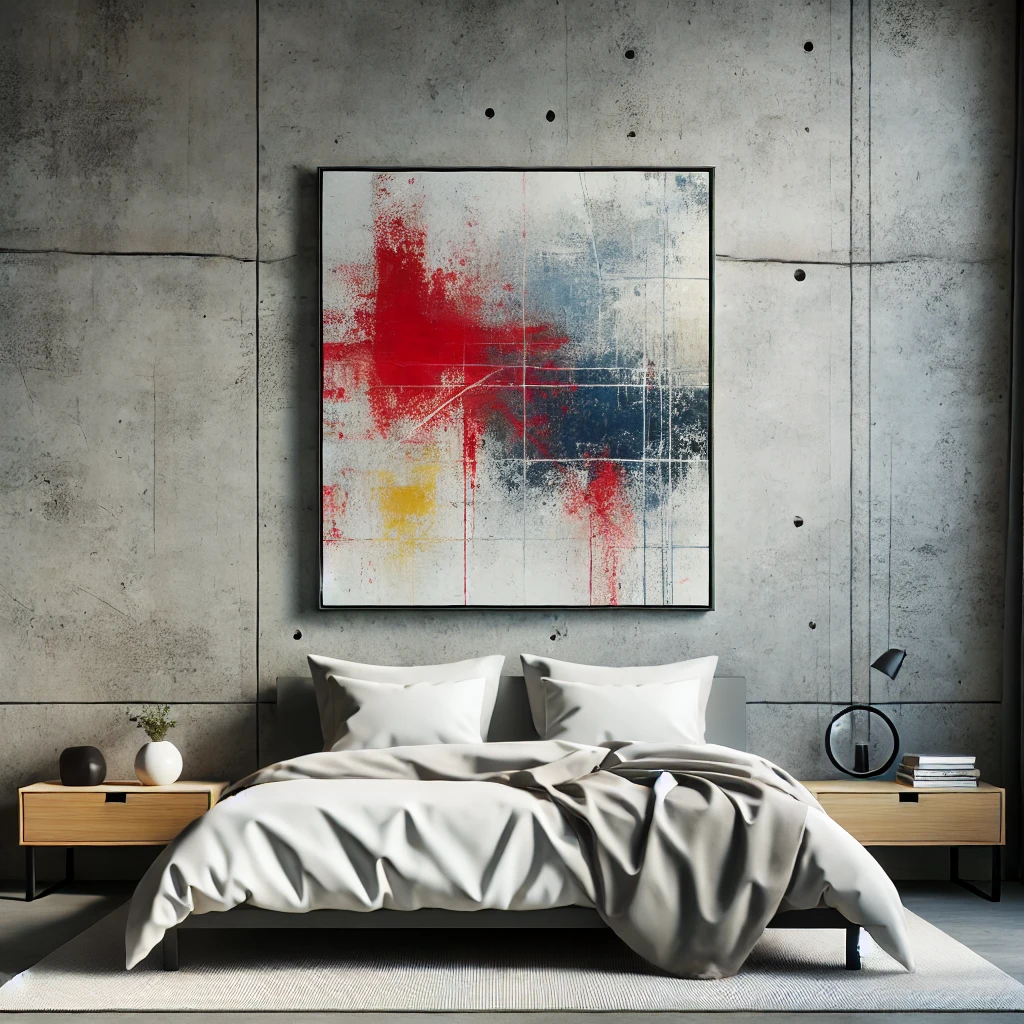Blog
-
- May 09, 2025 - 5 min read
Once considered a purely rough material, concrete has evolved into a popular choice for interior design, especially in modern and minimalist homes. The aesthetic appeal of concrete is undeniable, offering a raw, industrial vibe that can be both stylish and practical. In this article, we’ll explore how to incorporate concrete into your bedroom and why it’s a smart choice for your space.
-
- May 09, 2025 - 8 min read
The idea of a freestanding bathtub in the middle of a room is both luxurious and intriguing. But how practical is it really? Whether you’re considering this design feature for your home or just curious about the logistics, here’s what you need to know about incorporating a freestanding tub into your space.
-
- May 09, 2025 - 5 min read
Exposed brick walls are a striking design element, admired for their historic charm and unique texture. Whether you view them as a historical artifact, an expressive accent, or a quirky decoration, one thing is certain: a brick wall always draws attention. With a brick wall in your interior, any room can be transformed into a captivating space full of character.
-
- May 09, 2025 - 5 min read
Denim isn’t just for fashion anymore—it’s making waves in interior design too. Often associated with casual wear, this versatile material has a rich history and a surprising range of uses in home decor. From upholstery to wall treatments, denim is proving to be a stylish and durable choice for a variety of interior styles. Let’s explore how denim can be creatively integrated into your home.
-
- May 09, 2025 - 5 min read
A well-chosen exterior finish can elevate the look of your home, complementing your landscaping and boosting curb appeal. However, maintaining that exterior can be costly and time-consuming. To avoid the hassle of frequent repainting or repairs, it’s essential to choose durable materials that offer long-lasting beauty with minimal upkeep. In this guide, we’ll explore various modern exterior finishes and their benefits.
-
- May 09, 2025 - 7 min read
Perfectly even walls are a rare luxury, especially in older homes or spaces that have seen a few renovations over the years. But the good news is that you don’t always need perfectly aligned walls to create a stunning interior. Whether you’re dealing with a slight tilt or a more noticeable bump, there are creative ways to disguise these imperfections. Here’s how you can make uneven walls work in your favor.
-
- May 09, 2025 - 6 min read
The loft style, known for its open, eclectic, and industrial vibe, doesn’t require you to move into an old factory or turn your apartment into a bunker. You can incorporate elements of the loft aesthetic into any space, even a small studio apartment, without breaking the bank. Here’s how to achieve a loft-style ambiance in your home with a few smart design choices.
-
- May 09, 2025 - 4 min read
Wooden slats have been a staple in interior design, offering simplicity and visual appeal. However, they are becoming too common, appearing in almost every other project. If you’re looking for fresh, innovative ways to add texture and rhythm to your walls and furniture, consider these alternatives.
-
- May 09, 2025 - 7 min read
Creating a luxurious atmosphere in your home doesn’t have to come with a hefty price tag. By making smart choices and incorporating certain elements, you can elevate your living space to exude opulence without breaking the bank. Here are some tried-and-true strategies to achieve a luxurious look on a budget.
-
- May 09, 2025 - 4 min read
This project, located in a modern residential complex in Moscow, beautifully combines classic interior elements with modern accents, creating a timeless fusion style. Designed by Varvara Kalitskaya for a young family with a child, the apartment showcases a blend of European influences with contemporary touches, ensuring that the space remains both elegant and current.

 German
German Slovak
Slovak Romanian
Romanian Lithuanian
Lithuanian Latvian
Latvian Hungarian
Hungarian French
French Finnish
Finnish Dutch
Dutch Danish
Danish Czech
Czech Slovenian
Slovenian Italy
Italy Spain
Spain Portugal
Portugal